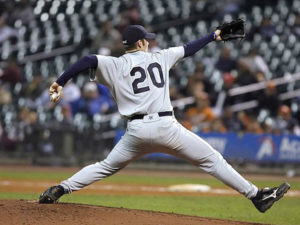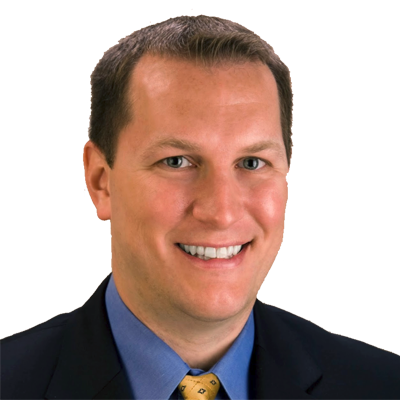 One of the most interesting yet challenging aspects of taking care of baseball players are discussions regarding injuries to the ulnar collateral ligament. This condition, which is extremely common, causes medial or inner elbow pain in overhead athletes. It can be seen in baseball or softball players, volleyball players, football players, or track and field athletes. It is certainly extremely common in the sport of baseball.
One of the most interesting yet challenging aspects of taking care of baseball players are discussions regarding injuries to the ulnar collateral ligament. This condition, which is extremely common, causes medial or inner elbow pain in overhead athletes. It can be seen in baseball or softball players, volleyball players, football players, or track and field athletes. It is certainly extremely common in the sport of baseball.This condition is diagnosed with a proper history and physical exam, as well as input from x-rays and an MRI.
As is often the case, there are a spectrum of injuries and a lot of terminology that is thrown around. Sometimes this can be confusing for the patient and their families. It is my job to help to sort it out. Words like sprain, tear, complete versus incomplete, partial, etc. can often be used. This can create confusion and anxiety, but a good sports medicine physician can help you sort things out.
For baseball players with a complete detachment of the ligament from their elbow, Tommy John surgery is unequivocally recommended. This has an excellent track record and a very favorable return to pre-injury activity levels. For patients with pain, loss of velocity, or inability to compete at the proper level with a complete or full thickness tear of the ligament, this treatment approach works well and typically should be followed.
Decisions exist and uncertainty arises when there are partial or incomplete tears of the ligaments. Some people will be candidates for nonsurgical options – most commonly, this refers to treatment with an injection of the patient’s own blood, called platelet rich plasma, or PRP. PRP uses a centrifuge machine to spin down a sample of blood from the patient, to inject a specific layer of the blood that is rich in growth factors, platelets and cytokines-elements which helps stimulate a healing response. In some instances, we believe that the PRP can help the athlete’s native tissue to heal on its own without surgery. This is not always the case, however.
Not everybody is a candidate for PRP. There are certain things which come into play that need to be discussed with your physician. Briefly, this includes the time of the year during which the athlete is being seen, the prior history of injuries or lack thereof about the elbow, and the specific characteristics of the ligament that we can see on the MRI, among other things. Some candidates have true potential to heal the ligaments with PRP and time. Others, unfortunately, will be unable to heal a ligament that is highly disorganized, stretched out, or badly injured, even if it is not completely torn off the bone.
When working on this problem together with you or your family member, we can come up with the best approach that makes sense, taking all of these variables into consideration. Indeed, it is a complex subject, but I and my team can help you sort it out.


